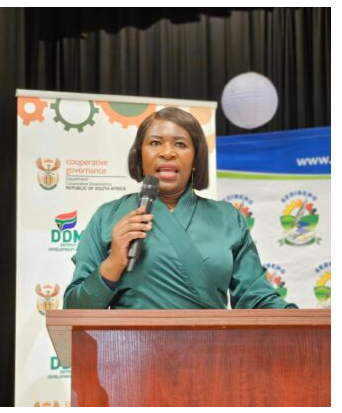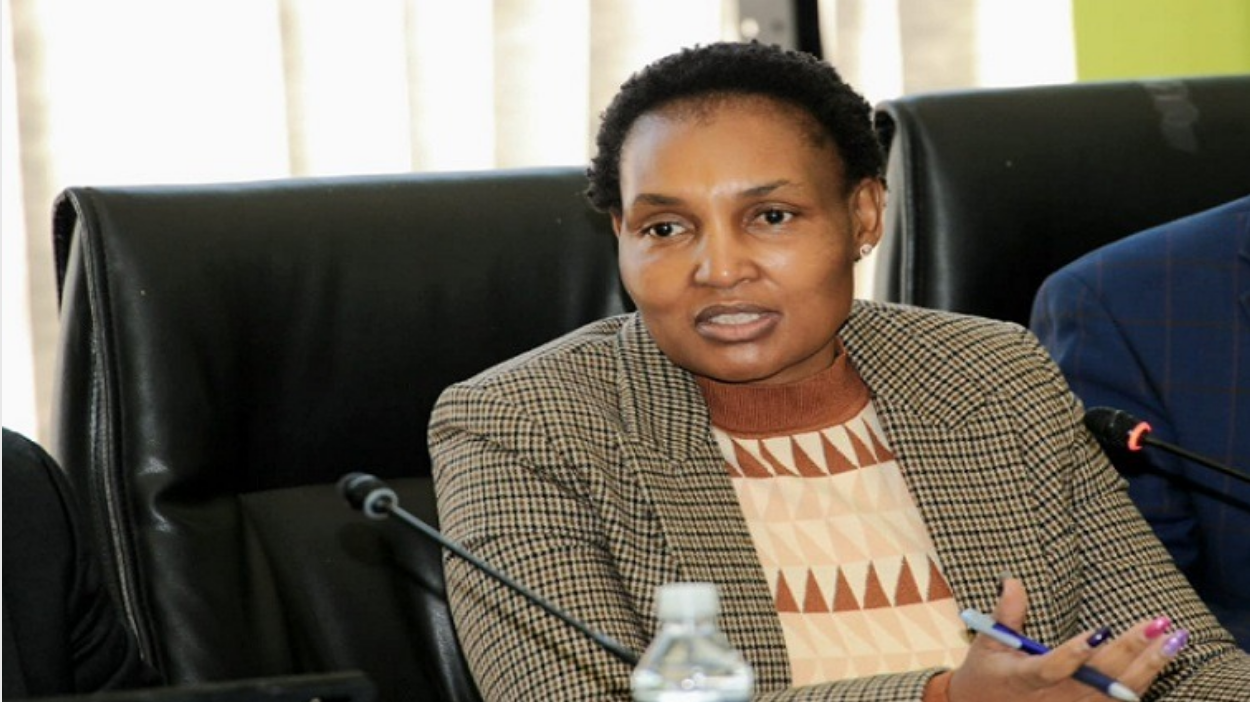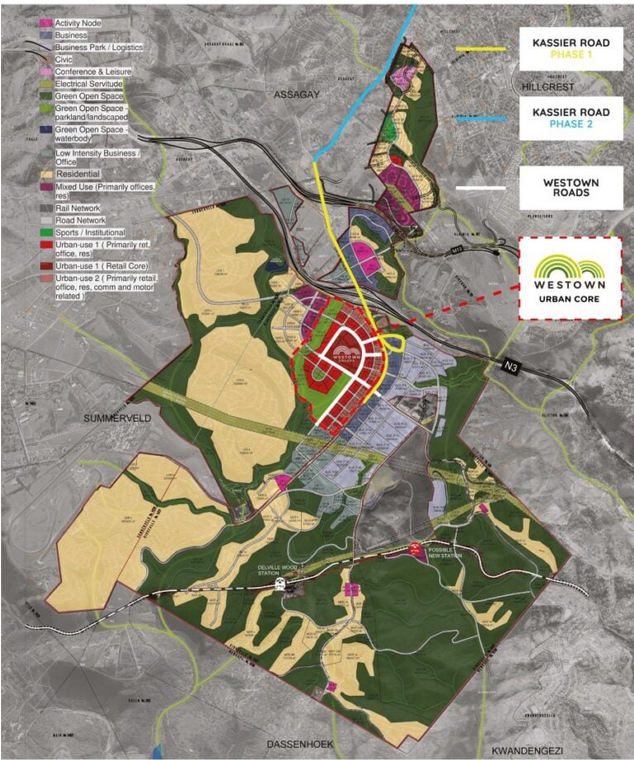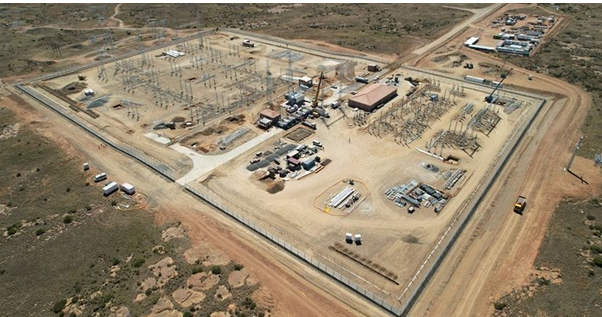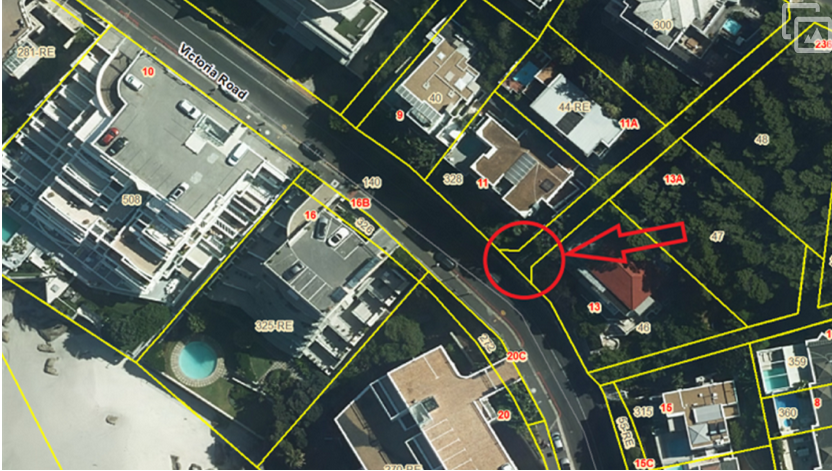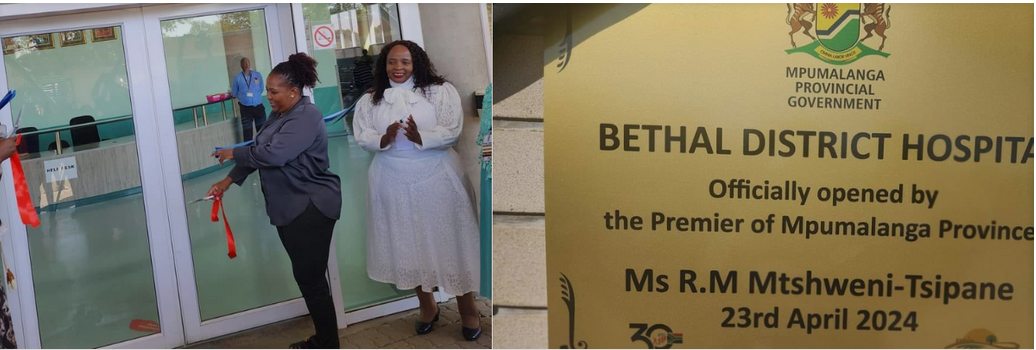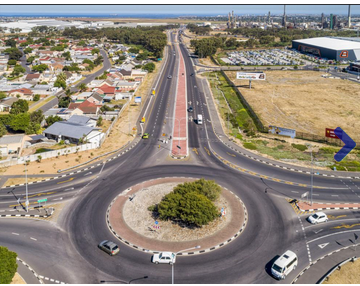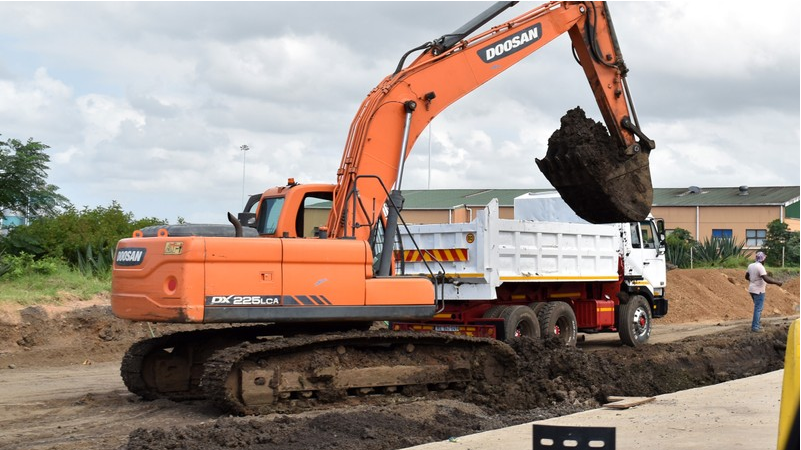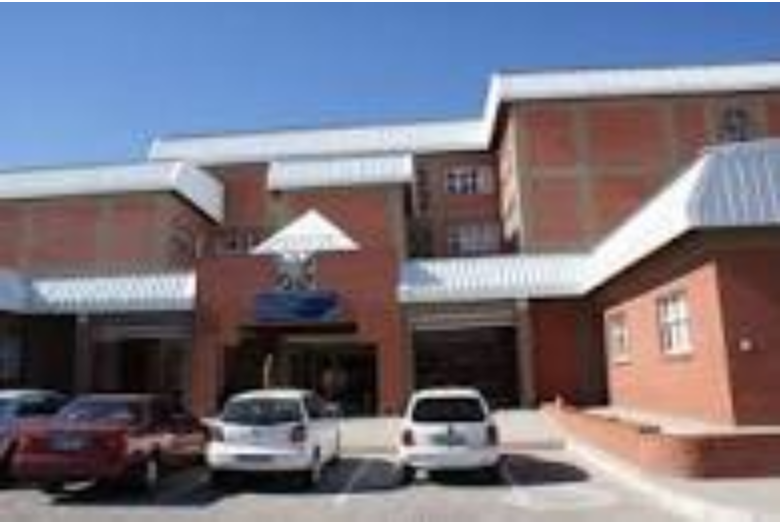Farmers can help keep the lights on
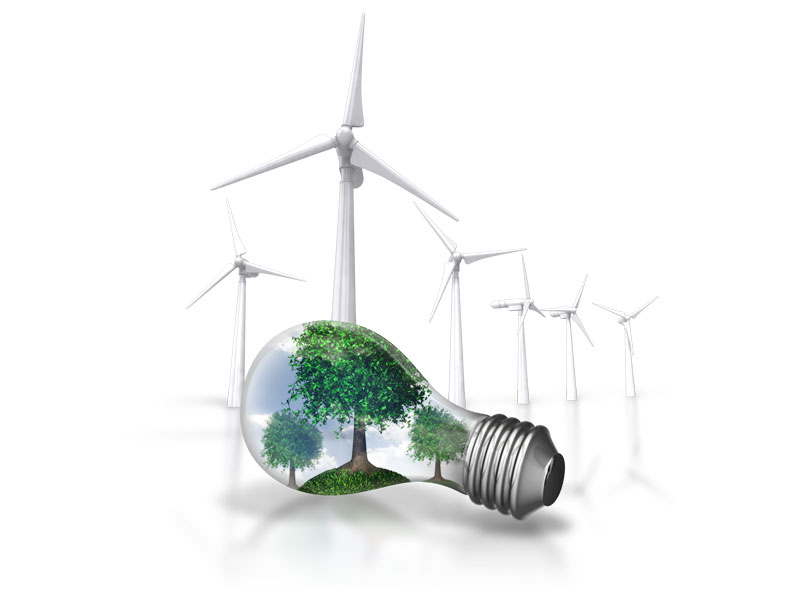
19-03-2019
Read : 90 times
Moneyweb
Source
Renewable energy could help farmers with power problems and support the national grid.
While the electricity increases for the next three years are expected to negatively affect the agricultural industry, farmers have the capacity to run renewable energy projects on their farms to not only reduce their costs, but support the national grid. Eskom has announced tariff increases of 9.41%, 8.1% and 5.2% for the next three financial years.
Nicol Jansen, Agri SA chairman: economics, says farmers can apply to implement renewable energy for their own use, while remaining connected to the grid and feeding any additional power into the national grid. Farmers must register with the National Energy Regulator of South Africa (Nersa) in order to do this, for an application fee of R200. “There are already about 400 farmer applications in the system and there is great interest in building solar capacity for this purpose,” he says.
Jansen notes that both Eskom and Nersa need capacity to process the 400-odd applications from farmers efficiently. “Once those applications have all been approved, we [the agricultural industry] could reach a targeted 1 000 megawatts of power and it is quite possible that the contribution of the agricultural industry to the national power grid could prevent Stage 1 load shedding,” he says.
High installation costs
Jansen says that typical installation costs for renewable energy projects range from R1 million to R20 million and the repayable timeline for installation costs would be five to eight years, before farmers start seeing a financial benefit.
“Another hurdle that we face is the fact that farmers are not in favour of using their access to credit to finance electricity generation projects. Their credit line is required for investment in agriculture, so that they can grow the sector. This means there is a financing challenge. Banks need to develop a product where solar plants can be used as security to secure access to credit. Some banks are already doing this, but the practice needs to be adopted by the broader banking industry.”
Jansen adds that although Agri SA realises that tariff increases may be necessary to keep the lights on, this burden should not be passed on to consumers, and especially not those in agriculture.
If farmers can successfully implement these renewable energy projects, the resultant electricity supply would be quite significant. Jansen says there are already 13 projects registered with Nersa, capable of supplying approximately 12 megawatts of power to the national grid.
Read: Agriculture is the way out for Africa – Rockefeller Foundation
Renewables can contribute to agricultural sustainability
Dawie Maree, head of information and marketing for FNB Agribusiness, notes that from a primary agriculture perspective, irrigation, fruit and vegetable, as well as intensive livestock producers such as dairy, pork and poultry farmers will particularly be impacted by the tariff increases as they rely heavily on electricity for production.
“Farmers, just like consumers on the other end of the supply chain, are price takers. Therefore, they cannot pass on this increase in production costs. As a result, the cost squeeze will just be harder on producers,” Maree says.
He concurs with Jansen that the current power supply challenges coupled with ongoing tariff increases present a compelling case for farmers to consider investing in renewable energy alternatives to ensure the sustainability of the sector.
“Farmers have seen all their administered costs increase rapidly in the past year – not just fuel and electricity but also property tax and minimum wages. This has added further pressure on a sector that was already battling with drought and low commodity prices against a backdrop of high input costs. In the worst-case scenario, we will start to see farmers shutting down over the long term as their businesses become non-profitable. To address these challenges, the farmers must increase their efficiency and productivity. One way to do this is by investing in renewable energy projects that can help power their farming activity while reducing their electricity costs,” he says.
Uptick in food inflation
Maree says that while it is difficult to quantify the impact on the farming industry, there will definitely be upward pressure and a resultant uptick in food inflation as the farming industry comes under economic pressure. “I don’t think South Africa’s overall inflation or CPI will breach the 6% mark this year but that may still happen by mid-2020. Renewable energy use is gaining ground rapidly, with increased use of solar and wind power in the Northern Cape and wind turbines in the Eastern Cape. Slowly farmers are moving towards increased use of alternative energy, for example, using solar panels to power pumps at drinking holes. While the farmers can’t be completely off-grid, they are looking to reduce their reliance on Eskom’s power supply,” he observes.
Jansen says that Agri SA submitted written commentary and presented its recommendations at Nersa’s public hearings. “We highlighted the importance of agriculture, especially irrigation agriculture, and the negative impact that tariff increases will have on the sector. We also emphasised that any potential tariff increase should only be on electricity and not line fees. Agri SA is in the process of securing a meeting with Nersa to resolve this aspect,” he says.
Recent News
Here are recent news articles from the Building and Construction Industry.
Have you signed up for your free copy yet?
